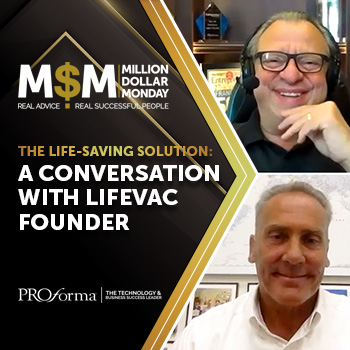As a result of the COVID-19 pandemic, certain product categories and technology have skyrocketed in popularity. Hand sanitizer demand went through the roof, PPE products are still in frighteningly high demand and low supply, and now, apparently, antiviral apparel is coming to market.
One apparel maker says it has created “antiviral” denim, which it says is effective against COVID-19. Like a lot of quick solutions that have popped up during the pandemic, it seems too good to be true.
The Pakistan-based Artistic Denim Mills, run by CEO Faisal Ahmed, released products treated with HeiQ Viroblock NPJ03 technology, which reportedly “makes treated textiles resistant against the degradation by microorganisms and inhibits the growth of bacterial odors,” thus protecting the wearer from COVID-19.
According to a story published by Good Morning America, the technology has been tested 99.99 percent effective in 30 minutes against SARS-CoV-2. But, calling this fully “antiviral” isn’t permitted in the U.S. yet.
Stateside, however, companies like Under Armour have introduced antiviral technology on products like athletic face masks, which the CDC still says are the best defense against spreading and contracting COVID-19 in addition to thoroughly washing your hands and avoiding touching your face.
Yes, theoretically, the virus can live on your clothes, but health experts don’t think that “antiviral” apparel is totally necessary.
“I don’t think [antiviral clothing] will make a difference in preventing COVID-19,” one infectious disease specialist told GMA. “Those of us who work in the hospital just wear gowns with all the protective gear, which seems to work just fine, and we don’t have antiviral clothing.”
That won’t stop companies from trying, though. Diesel announced a partnership with Swedish company Polygiene to roll out a ViralOff denim line in 2021.
And for as long as the world remains upside down as a result of the virus, companies will be able to use that to stoke demand for anything that seems like it might work to keep people safe and return life to normal.
GMA also reported that antimicrobial clothing currently has a market share of $10.48 billion, and is projected to reach as $20.5 billion by 2026.
Even after the pandemic subsides, whether it be a result of a vaccine or otherwise, there will still be market space for antimicrobial clothing like this. And it’s not all snake oil. It’s not hard to see how this kind of technology could fit into workplace attire and athletic wear, among other apparel categories.



